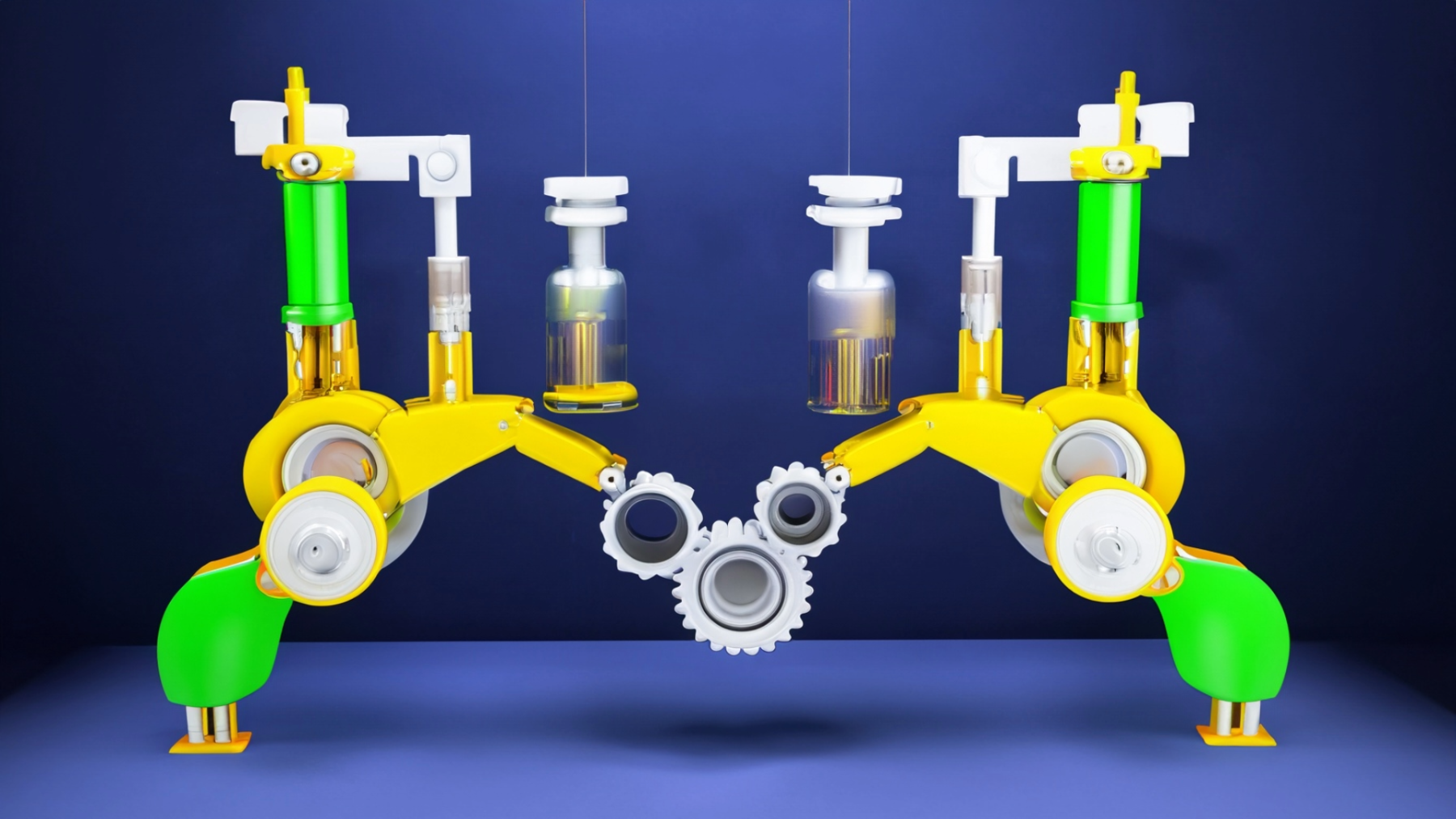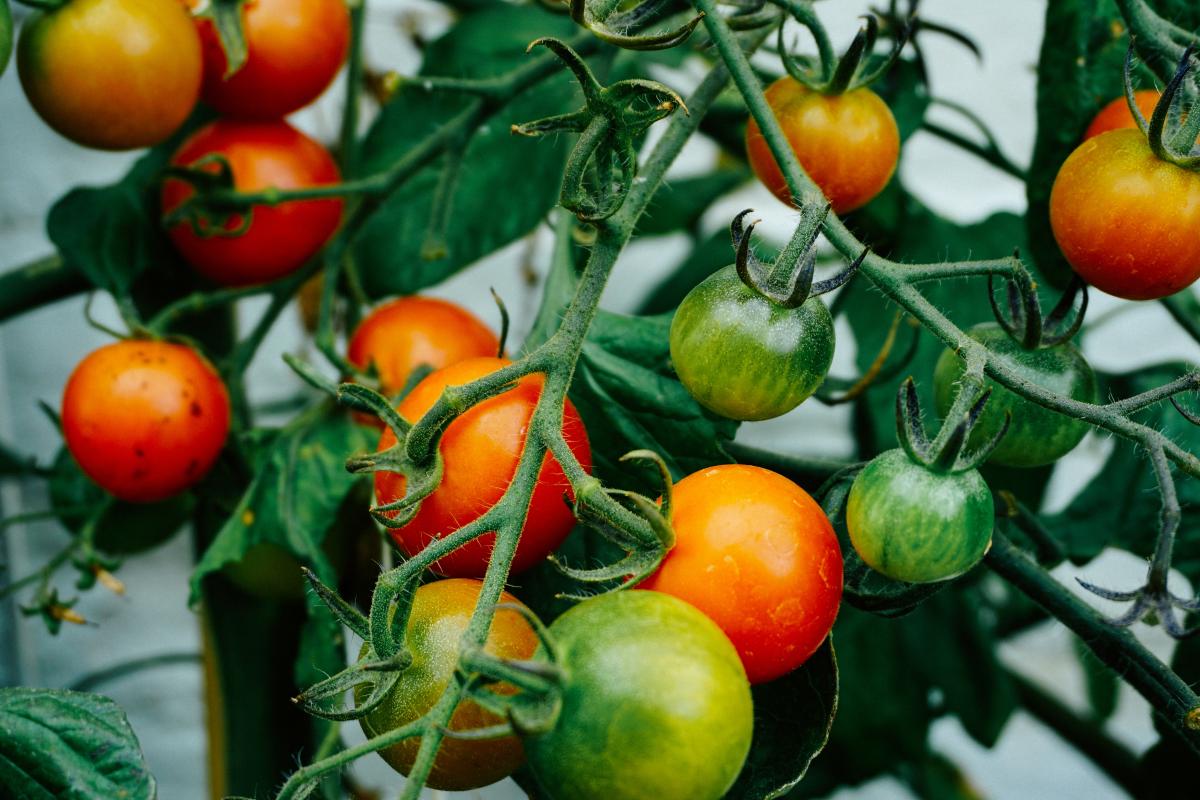
Da Vinci's Bridge Day 1 and 2
This lesson is part 1 of 2. This lesson is set up to have students explore the friction bridge designed by Leonardo Da Vinci. Students first discover the inventor and become familiar with his life, inventions and the bridge itself. I use this part of the assignment to support ELA, there are other built in opportunities to support other core classes as well. Students can build DAY 1 if they finish the small bit of research. Day two allows them to explore, taking turns trying to build longer and longer bridges by finding better practices and skills.
I provide balsa sticks, but have done this with pencils, chopsticks, twigs, etc. The smaller the stick, the more difficult the build.
Lesson Plan Link/URL
https://docs.google.com/presentation/d/15qz9gAGN7x4p1TyGTgRiVlVeu7Gkof37/edit?u…Subject Area
Science Physical Science P3: Net Force Technology 1. Empowered Learner 2. Digital Citizen 3. Knowledge Constructor 4. Innovative Designer 5. Computational Thinker 6. Creative Communicator 7. Global Collaborator Engineering S1: Engineering & Global Society S2: Apply the Engineering Design Process S3: Apply Mathematics to Engineering S4: Apply Science to Engineering S5: Apply Technology to Engineering Mathematics Measurement and Data (MD) Geometry (G) Ratio and Proportion (RP) English Language Arts (ELA) Reading (Informational Text) Writing Speaking & ListeningRelated Content

Students will design a balloon rocket. They will then create a fish line track for the rocket to follow. The track will be able to me modified to test different angles of ascent. This will allow

~Students apply the engineering design process as they learn the advantages and disadvantages of the greenhouse effect. ~Students will work collaboratively to construct a miniature greenhouse to

This STEAM project will have us exploring some of the issues or problems associated with food and creating solutions to educate and persuade our community about how our food is produced and making the